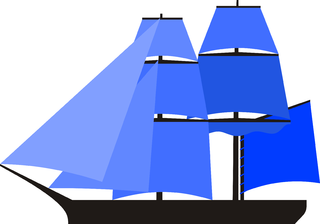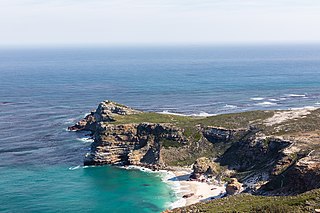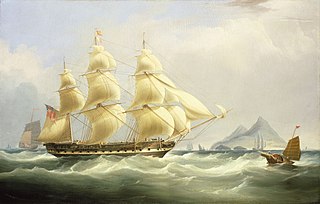Several vessels have borne the name Cornwallis, for Charles Cornwallis, 1st Marquess Cornwallis:

Charles Cornwallis, 1st Marquess Cornwallis KG, PC, styled Viscount Brome between 1753 and 1762 and known as The Earl Cornwallis between 1762 and 1792, was a British Army general and official. In the United States and the United Kingdom he is best remembered as one of the leading British generals in the American War of Independence. His surrender in 1781 to a combined American and French force at the Siege of Yorktown ended significant hostilities in North America. He also served as a civil and military governor in Ireland and India; in both places he brought about significant changes, including the Act of Union in Ireland, and the Cornwallis Code and the Permanent Settlement in India.
Two have an association with British East India Company (EIC).

The East India Company (EIC), also known as the Honourable East India Company (HEIC) or the British East India Company and informally as John Company, Company Bahadur, or simply The Company, was an English and later British joint-stock company. It was formed to trade in the Indian Ocean region, initially with Mughal India and the East Indies, and later with Qing China. The company ended up seizing control over large parts of the Indian subcontinent, colonised parts of Southeast Asia, and colonised Hong Kong after a war with Qing China.
- Cornwallis (1787 ship), a snow of 170 tons (bm), was launched at Bombay Dockyard in 1787 to serve the Bengal Pilot Service. A French privateer captured her in 1796.
- Cornwallis (1789 ship)'s origins are subject to a great deal of ambiguity. She was probably built at Surat. The 1789 year is an average across eight sources that range between 1788 and 1790. Reports of her size range between 653 and 719 tons (bm). What establishes the link between the reports are commonalities of masters and owners. She was a country ship, trading primarily around India and between India and China. She made two voyages to England for the EIC. She burned at Bombay in June 1841.
Cornwallis was a snow that the Honourable East India Company (EIC) had built in 1787 at Bombay Dockyard for the Bengal Pilot Service. A French privateer captured her in 1796.

In sailing, a snow, snaw or snauw is a square rigged vessel with two masts, complemented by a snow- or trysail-mast stepped immediately abaft (behind) the main mast.
Builder's Old Measurement is the method used in England from approximately 1650 to 1849 for calculating the cargo capacity of a ship. It is a volumetric measurement of cubic capacity. It estimated the tonnage of a ship based on length and maximum beam. It is expressed in "tons burden", and abbreviated "tons bm".
Other vessels:
- Cornwallis (1803 ship) was a French vessel launched in 1802 that came into British hands in 1803. Under a sequence of owners she traded with the West Indies, Spain, the Cape of Good Hope, and Singapore. She is last listed in 1834.
- Cornwallis (1812 ship) was launched in 1812 at Calcutta and foundered c.January 1822.
- Cornwallis (1862 ship) was launched by Thomas Vernon & Sons, Liverpool, on 11 June 1862 as a steel-hulled clipper ship. She was lost at Pitcairn Island in January 1875.
Cornwallis was a French vessel launched in 1802 that came into British hands in 1803. Under a sequence of owners she traded with the West Indies, Spain, the Cape of Good Hope, and Singapore. She is last listed in 1834.

The Cape of Good Hope is a rocky headland on the Atlantic coast of the Cape Peninsula in South Africa.
Cornwallis was launched in 1812 at Calcutta and lost in 1822 at Île de France (Mauritius). She first appears in Lloyd's Register for 1818 with J. Charitie, master and owner, and trade London—India. The Register of Shipping for 1822 gives her master as Charitte, and her trade as London—Bengal.






